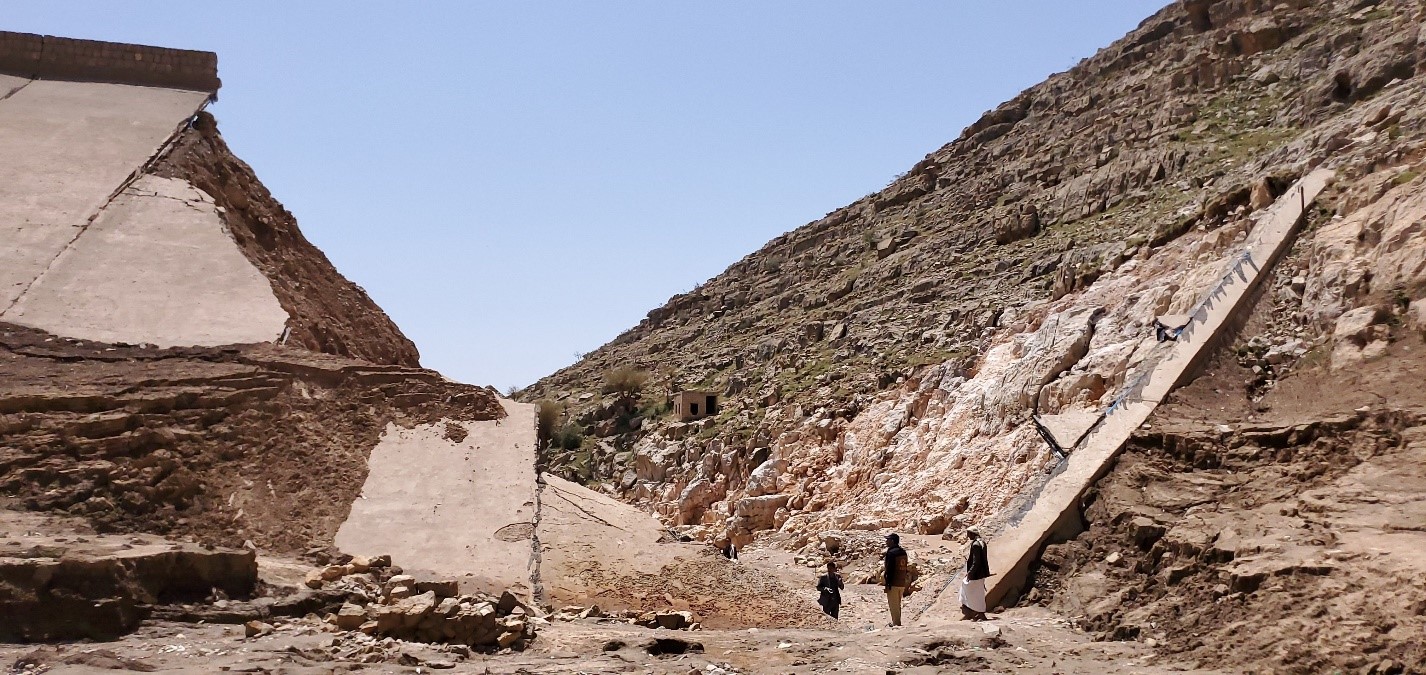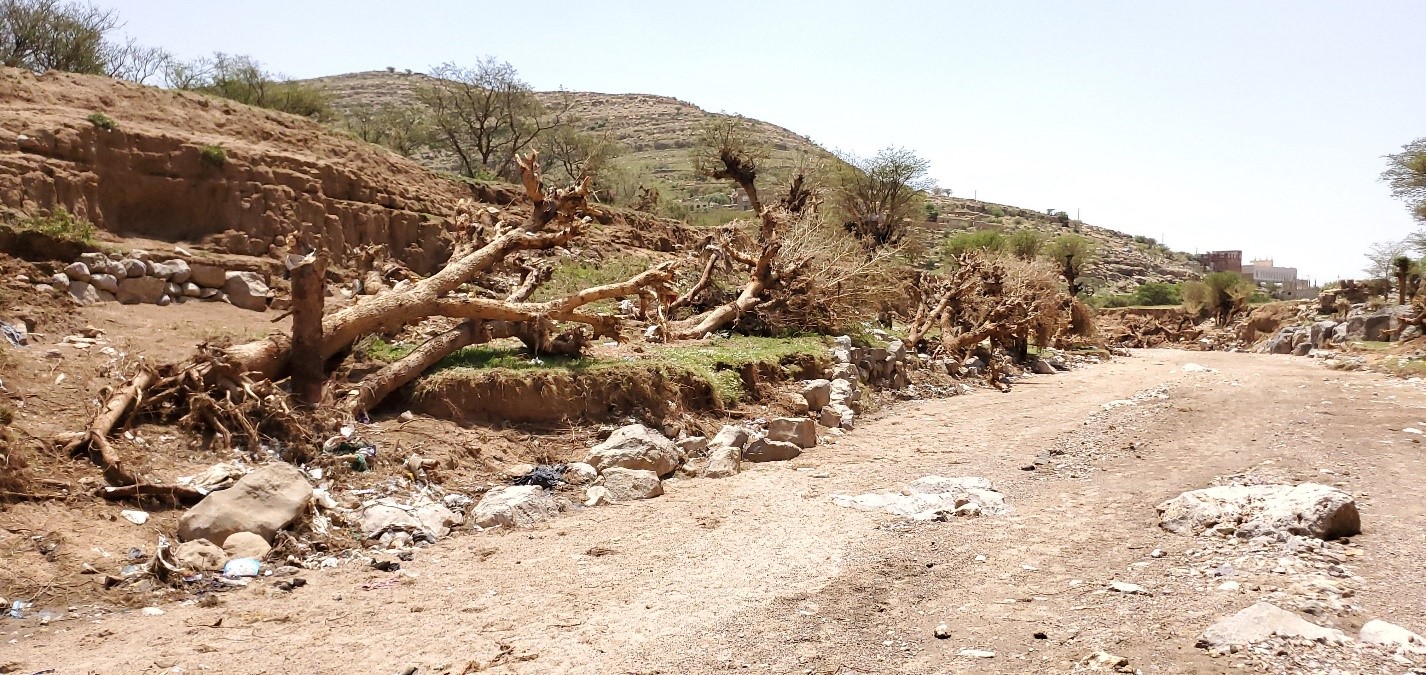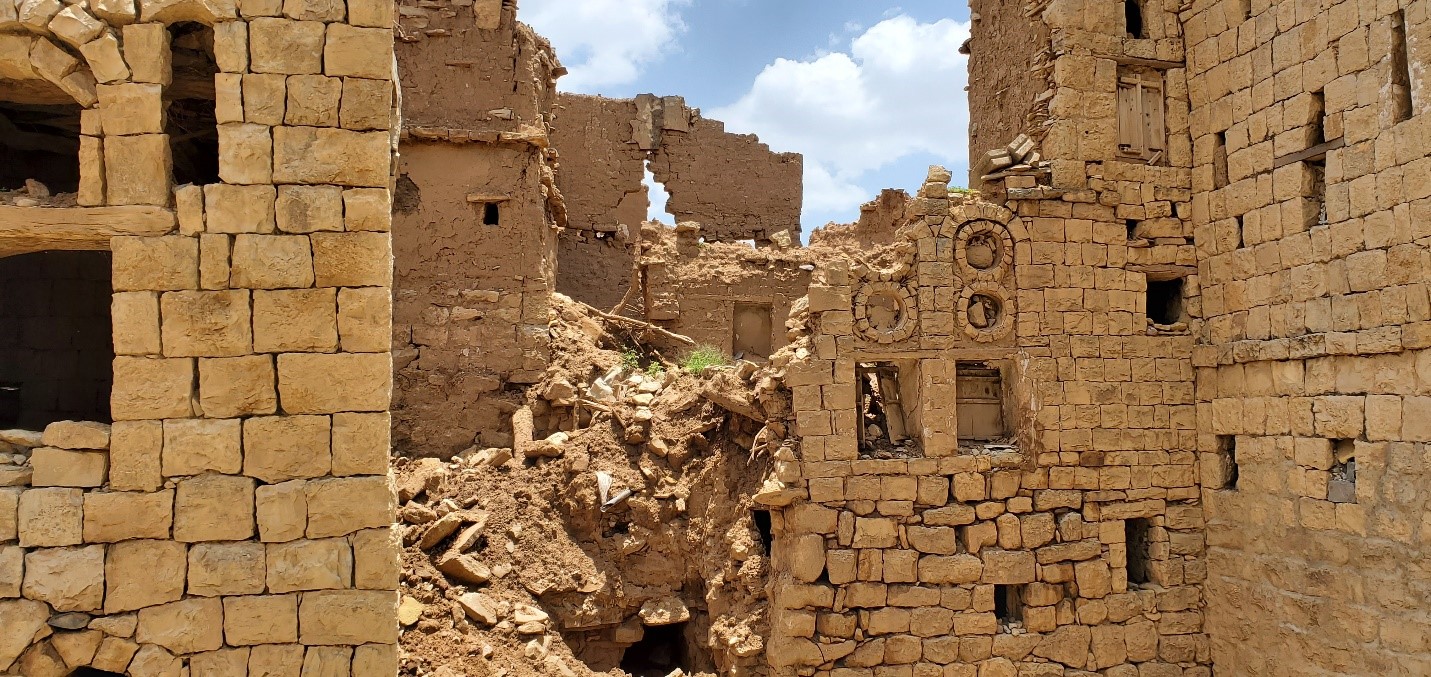In Yemen, the rainy season often lasts from March to October, during which the majority of the country’s annual rainfalls. Yet this year’s rainy season was distinctive. Yemen has been experiencing torrential rains and flooding since late March, which has led to casualties, displacement and severe damage to infrastructure. Many civilians have lost their homes in a matter of minutes, ending up looking for any kind of materials to protect themselves. The UN Refugee Agency estimates that as a result of flooding, 300,000 people have lost homes and possessions in the last three months, and 148 people have died in the last two months.
As the rainy season goes on, it is expected that more rainfall and flooding will occur across Yemen, particularly in already badly-affected rural areas. The poor quality of traditionally constructed houses makes the effect of heavy rains even worse. Many houses can’t withstand such heavy rainfall and are either destroyed or damaged. Food stocks, blankets, furniture and mattresses are damaged by water and mud.


